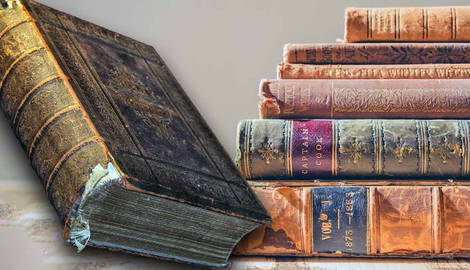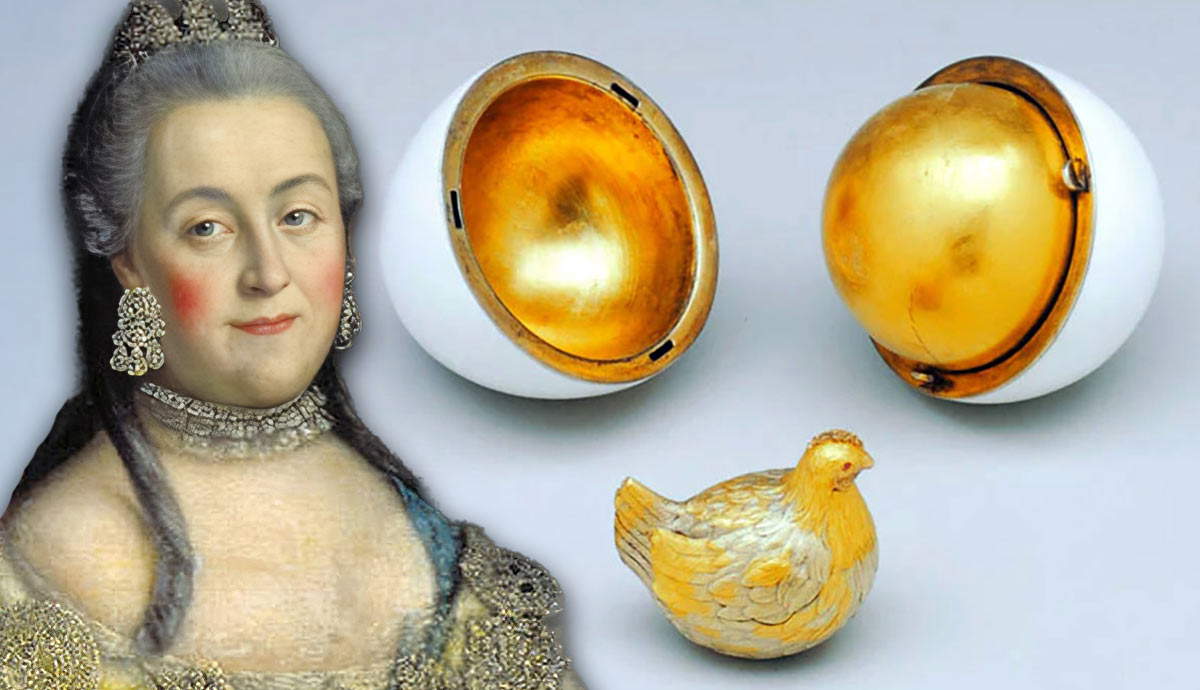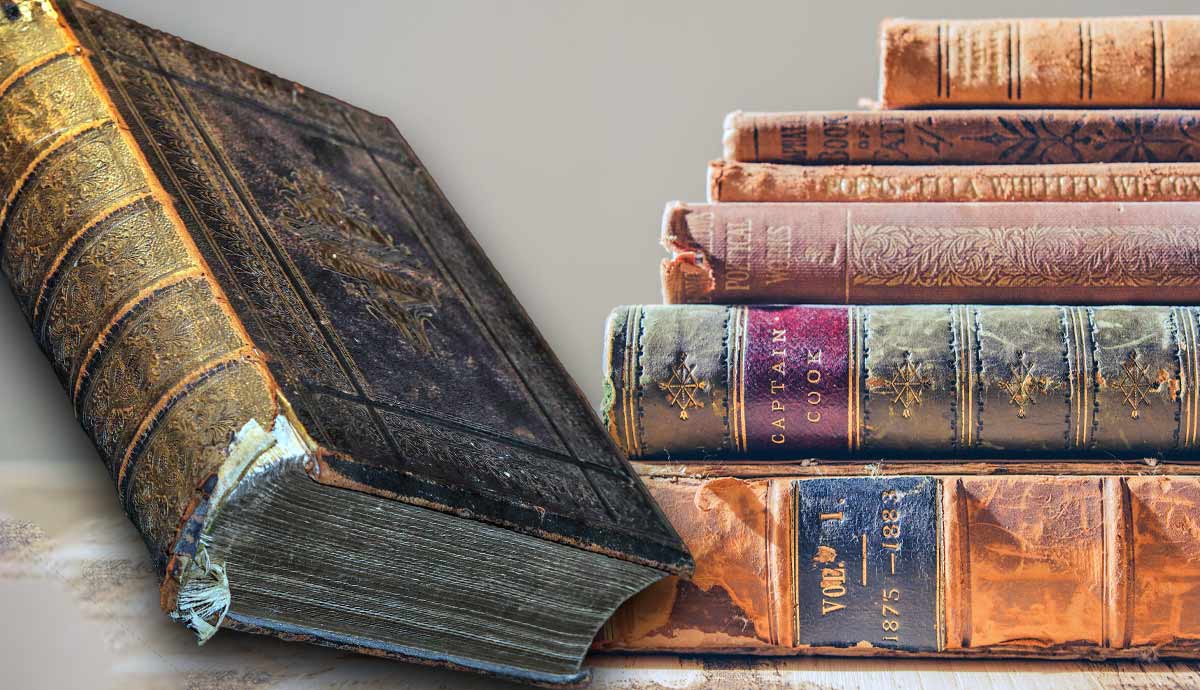
Few things are as impressive as a well-curated collection of rare books. However, without the knowledge, your prized collection could quickly become worthless. This handy guide will help the aspiring and seasoned collector to get the most out of their collections. Throughout this article, the terms “antiquarian” and “rare” books will be used interchangeably. Read on to discover how to turn your passion for books into a treasure trove of rare books.
1. Decide Your Niche
Collecting rare books is a lot like collecting art and many of the same rules apply to both. Building a rare book collection takes time, patience, and funds. However, your primary aim should always be the enjoyment, excitement, and love for antiquarian books.
Whether you like a particular author or you are after rare medieval manuscripts, starting with a particular focus will help you decide what to purchase or leave behind. For example, Patrick’s Rare Books started as a passion project for collecting antiquarian medical and theological books. Soon, friends and colleagues began requesting books, and a passion project and hobby turned into a lucrative business.
Sometimes collecting books can serve a purely aesthetic purpose. You can arrange your books by color, shape, or interesting patterns—a rare book collection should bring you joy and fulfillment. Take a leaf out of Isabella Stewart Gardner’s book: collect what you love, take pride in it, and enjoy every moment of your collection.
2. Gloves Off

It is a common misconception that you should handle antiquarian books or manuscripts with gloves. Although you might feel the urge to handle a fragile manuscript or rare book with gloves because it is so expensive, do not do it. Wearing gloves takes away your tactile perception and you can easily damage a book. Clean, dry hands are a rare book’s best friend.
Although you might lick your fingertip when paging through a magazine, never do this when handling an antiquarian book.
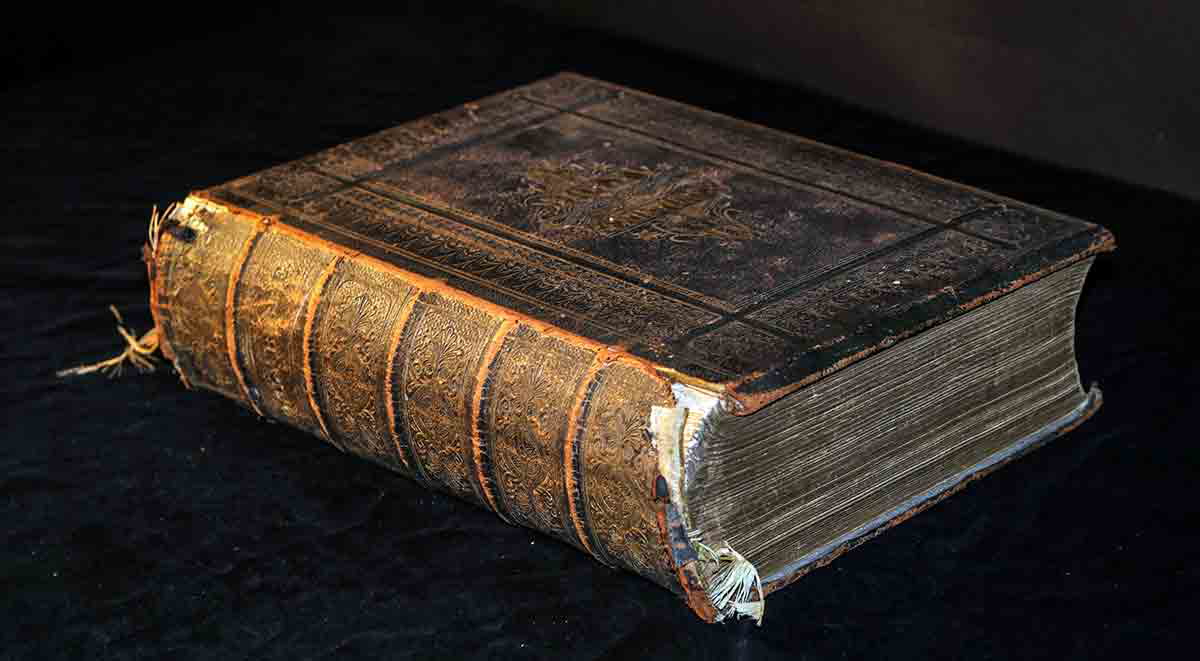
Unfortunately, leather-bound books have a weakness in the joint—the point where the book bends when you open the cover. When you lay a book flat on a table, it is easy to break it at the joint. Gently pick up the book, support the spine with your non-dominant hand, and open the cover with the dominant hand. Always support the weight of the cover with your fingers.
Large and heavy books are best laid down on a clean, forgiving surface such as a book cushion, foam cradle, or other suitable v-shaped holder. Next, keeping the book upright, you can open the cover until it forms a 90º angle while the book lies flat on the surface. The book block (the bulk of the book you are holding upright, excluding the spine) can be lowered onto the surface. You can now turn the pages carefully until you find the entry or page you are looking for.
These rules will help you keep your rare books in a fine condition without damaging the joints or spine which could lead to loosened pages or breaking the joint or spine.
It should go without saying that you should ensure there is no food or beverages near your old books—whether you are paging through them or when they are stored on their special shelves.
3. Ensure Optimal Storage Conditions
The best way to store any book is upright on a shelf. But there is a caveat—do not pack the books tightly onto the shelf to get as many as possible on there. Books need to “breathe” due to temperature and humidity fluctuations. Larger books can be stacked on top of each other but take care not to stack them too high because it may put pressure on the books at the bottom leading to damage.
If you have books with metal furniture like bosses or clasps they should be kept separate from other books. The best way to store these books is inside a solander or clamshell case.
Sometimes, a book has a dust jacket to preserve its original appearance. The best option in this case is to use polyester or acetate film. Never store a book in a sealed plastic bag because it can trap mold and moisture and destroy your books—remember, books need to breathe.
4. Do Not Pull On the Spine
As Patrick explains in the video above, avoid pulling the book by the top of the spine and tipping it toward you. It will crack the top of the spine and lead to a torn headpiece. The best way is to reach into the shelf and push the book toward you until you can hold the book firmly and pull it from the shelf.
5. Invest in Sturdy Shelves

Shelves need to be level and not sag in the middle—this may lead to irreparable damage in the future and detract from the book’s value. You also need to take a book properly off the shelf.
In the same vein, resist the temptation to line all your books to be flush with the shelf edge. A splayed book is a damaged book and detracts from the book’s value. Shelving books with their spines flush with the edge of the shelf leads to splaying. The boards tend to “open up” or curve outward and away from the spine. Storing too many books on a shelf means they will be too tight—combining larger and smaller books causes the boards to bend outward.
6. Temperature and Humidity Control

Once you have your books properly stored, take note that humidity, light, and temperature are an antiquarian book’s worst enemies in the wrong doses.
Direct sunlight is any book’s worst enemy. Over time, the spines will fade, but even worse, the local temperature will rise. If sunlight is unavoidable because of large windows, a UV film can be applied to the glass panes to filter the sun’s harmful rays. Bookcases with glass doors will also help to filter the light and keep your books happy.
Books dislike warm and dry conditions. The ideal temperature for storing rare books is between 60º and 66ºF (16–19ºC), but most homes are slightly warmer, ranging between 66º and 70ºF (19–21ºC). The upper range is still fine for books, but when the temperature rises above this, it may cause damage to your prized possessions.
It can get even warmer during the summer or in winter when using the central heating. As romantic as a roaring fireplace (or heater) in the library sounds during winter, it is best avoided because it will dry the air and cause damage to the books.
Humidity encourages the growth of mold—not only in bathrooms but also in book collections. When the air is too dry, your books’ pages will become brittle and break when you handle them. A relative humidity of around 50% will keep your books happy and lasting for generations to come.
Storing books in the attic or basement is also a no-go because the temperature fluctuates too much.
7. Starting a Collection Does Not Have to Be Expensive
Becoming a top-tier collector does not fall within a mere mortal’s budget or lifetime. That is alright too! The point of building a collection is to have a springboard from which you can expand your collection.
Some people like collecting wine, other people collect toys, while others like collecting comic books. Yet, the rare book collector is in a class of their own. Starting a collection also puts you in touch with a piece of tangible history. You learn about people’s ideas and you connect with people from a different time.
On the whole, antiquarian booksellers love sharing their knowledge with both new and experienced collectors. Do not be afraid to ask about their less expensive books and explain your intentions and interests. They would be more than happy to show you some of their cheaper books and guide you.
8. Keep Smoke and Dust at Bay
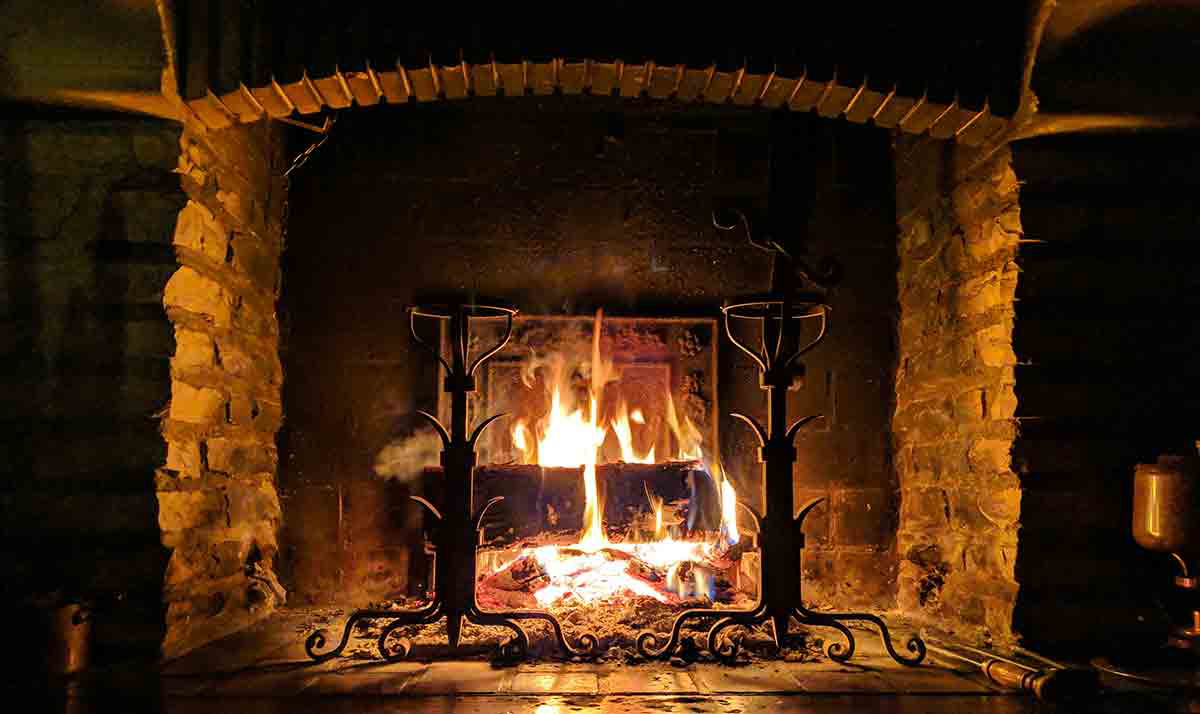
Books are good at absorbing smells—some traditionalists like those smells but it is not advisable. A roaring fire or wood-burning stove in the same room as your books does not provide the best conditions. Likewise, cigarette, cigar, and pipe smoking near your books is not advisable. Smoking of any kind creates a yellow nicotine film on the spines and pages.
We all know the basics about preventing household fires, but storing antiquarian books in clamshell cases can protect them from an accidental fire. When books are properly stored, they can suffer minimal damage from fire, but the spines can be irreparably damaged, necessitating a rebind by a bookmaker or book restorer.
Storing books in a dusty environment is a quick way to introduce insects that love eating paper and inevitably, destroy your books. Using a soft brush is a good way to remove dust from the spine and edges. However, when dusting your books, be careful not to brush the dirt into the pages—you do not want to give those book-eating critters a food source. Bookcases with glass doors are another way to keep the dust away from your books.
9. Do Estate Planning and Catalog Your Collection
We all think our final days on earth are still far away, but as memento mori artworks remind us, we will all eventually die.
You have spent your whole life curating a rare book collection and it would be a shame for it to go to waste. Many collectors do not think about what will happen to their collection when they pass away. Proper estate planning is essential to ensure your collection lives on after you have exchanged the temporary with the eternal.
Quick Tips:
- The first step is to catalog your collection as explained in the video above. Knowing what you have will help to guide future purchases and also assist your loved ones in knowing the extent of your collection.
- Discuss your collection with potential heirs. It may be an awkward conversation, but it will save everyone time and effort if they know what to do with your collection.
- Put your wishes in your testament. A verbal agreement will not hold in a court of law. Put your desires in writing, name your heirs, and specify how your collection should be split, or sold after your death.
Consulting with an estate planner will save a lot of trouble down the line for you and your potential heirs. Remember, you cannot live forever, but your collection and legacy can with proper estate planning.
10. Education is Key

The rare book community loves their jargon like any other trade and learning some of the basic terms in the rare book world and understanding what they mean can help a lot. This will help you understand descriptions you may read on the internet or in rare book dealers’ catalogs. Some helpful websites include:
- The Antiquarian Booksellers’ Association of America, who offers advice on collecting interesting articles.
- Stanford University Libraries has a useful list of rare book terms you can consult to broaden your knowledge.
- Another handy guide to antiquarian book terms can be found at Between the Covers Rare Books and it includes thumbnails alongside the explanations.
Do you know the difference between a foolscap, folio, and crown octavo-size book? Learning about book sizes will help you to visualize the size of a book. In simple terms, the terms explain how many times a page was folded before it became a book with printed pages. For example, a folio is folded once and results in two leaves, but a quarto is folded twice and has four leaves—each leaf is a quarter of the original sheet of paper. An octavo? You guessed it! Eight folds.

While rare books give us a glimpse into the minds and worlds of people before us, there are also caricatures, descriptions, ideas, racist tropes, and terms that can be seen as hurtful.
A first edition of Little Black Sambo by Helen Bannerman may be a tempting buy because it is considered a classic children’s book in the Western canon. However, booksellers are doing their best to be more sensitive and inclusive in the descriptions by asking By, For, and About. It is a book by a white Scottish woman Helen Brodie Cowan Bannerman about Black characters from a white perspective and there are racist tropes and caricatures in the book. Was it meant for a Black audience? Certainly not.
Booksellers will use bracketing when describing the book, perhaps something like [Children’s Literature] along with [Racist Caricature] to show that although it is a children’s book, the Black main character is presented in a racist way.
Although the above is aimed at booksellers, it is important information for aspiring and seasoned collectors to be aware of.
The Final Chapter
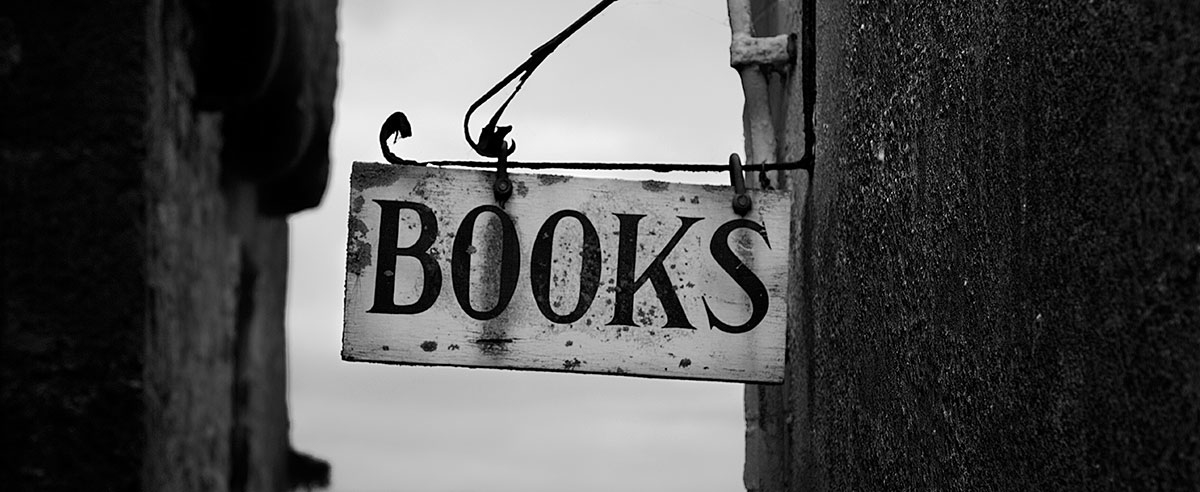
Collecting books is a fun hobby that anyone can begin. The options are vast and there is something for everyone’s taste. There is the thrill of tracking down a special copy you need to add to your collection or admiring antiquarian books at book fairs.
Or, maybe, you love books as objects and love surrounding yourself with tomes filled with arcane knowledge. Perhaps you are like Edgar Allan Poe’s character Roderick Usher, who is interested in the occult and has a collection spanning subjects like witch-hunting, and journeys under the earth, among others. Perhaps you would like to invest in antiquarian books because their value may increase.
Whatever your reason for collecting books, take a leaf from Sir John Soane’s book: collect what you like and display it with pride for the world to see and enjoy. Remember, storing and handling your books properly will keep their appearance in top condition and preserve them for the next generation of book lovers.
